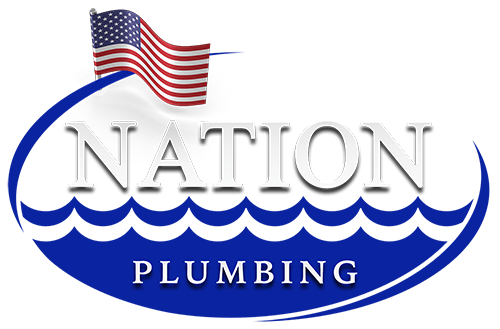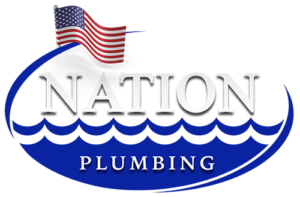The easiest way to unclog your toilet is with a plunger, but if you don’t have one on hand, fill the toilet with dish soap or laundry detergent, add a pot of boiling water and then wait a few minutes before flushing. The hot water should break through the clog as the soap washes everything through the siphon and out of the drain.
Look online for comparisons on flush ratings, as well as available rebates on high–efficiency models. Consider features such as pressure assists and heightened thrones when choosing a toilet.
The main causes of high water bills are running toilets, which can waste up to 200 gallons per day, and leaky faucets, which can drip up to 20 gallons per day. Check for leaks by inspecting faucets, as well as removing your toilet bowl’s tank and listening for any sounds, like hissing. If you don’t find leaks in either of those locations, you’ll need to check your water line and hose bibs. You may also want to contact a plumber.
Turn off the disposal, insert an appropriately sized hex or Allen wrench into the hole of the disposal motor. Rotate the wrench back and forth to dislodge the obstruction and fix your jammed garbage disposal.
Yes, Drano® and similar brands make sink–cleaning products that are safe for all sinks, including those with garbage disposals. If in doubt, check the drain cleaner’s label before using it.
Unclog drains with an over-the-counter drain-cleaning formula, or with a mixture of baking soda, vinegar and boiling water. A clog can also be broken up with a drain snake or extracted with a vacuum.
Plumbers are helpful for clearing a clogged drain if your DIY methods don’t work or if you don’t feel comfortable unclogging the drain. In any case, DIY methods are best reserved for people with experience.

